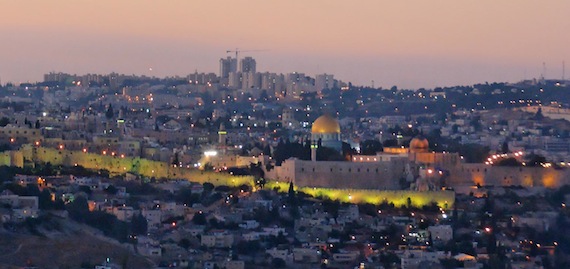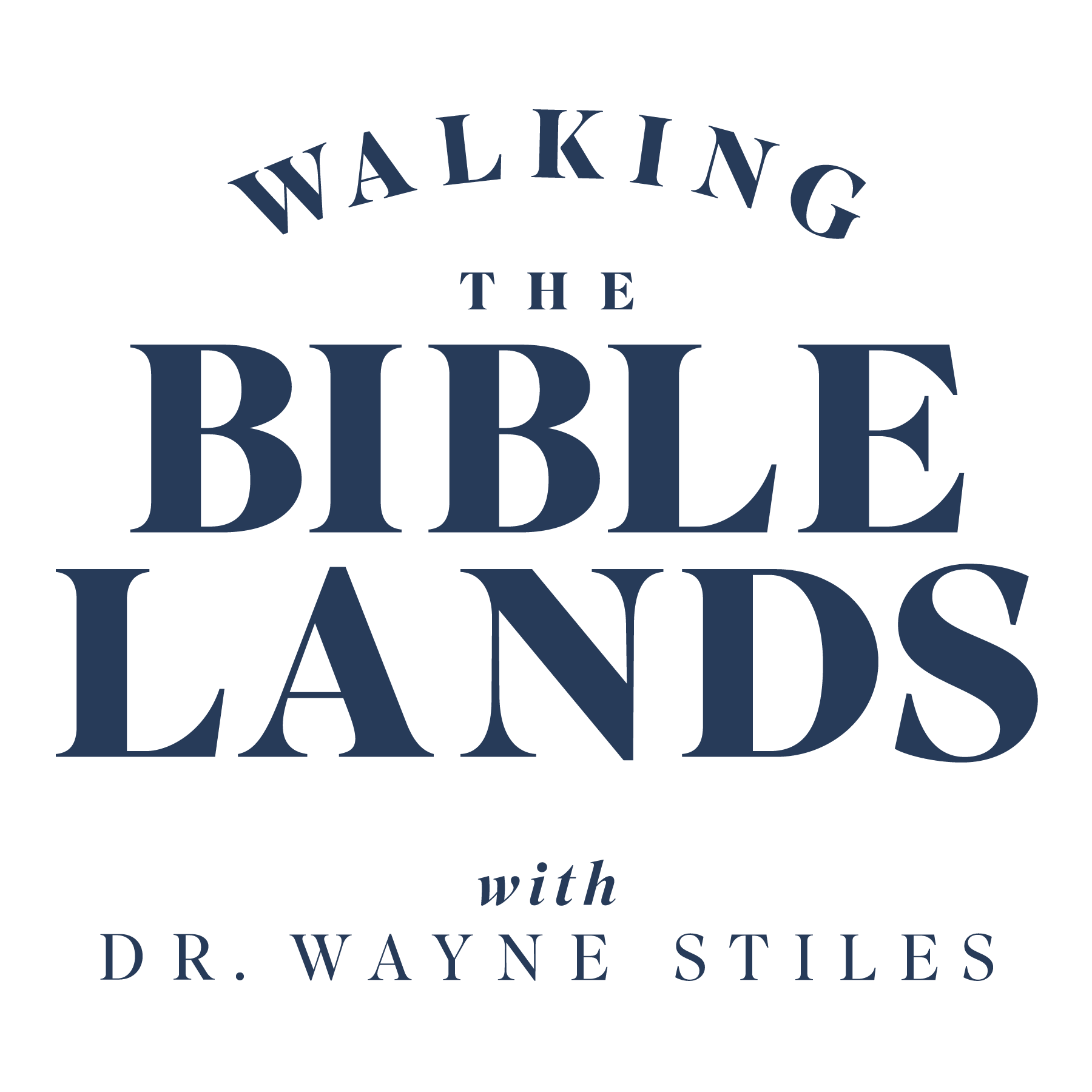
I’ve heard it said, “If you want to understand the history of Israel, then learn the history of Jerusalem.” Many books depict the expansion and contraction of the walls of Jerusalem, but I thought a timeline might illustrate it well.
The Walls of Jerusalem through the Centuries
The walls of Jerusalem and its gates have expanded and contracted through the centuries like the breathing of a living being.

(Photo: Courtesy of the Pictorial Library of Bible Lands)
David Rules over the City of David —1004 BC – 971 BC
David captured Jebus (Jerusalem) and made it the capital of Israel, calling it the “City of David.” It sat on a mere ten acres, south of the modern walls of today.
A short video in the timeline illustrates what the City of David may have looked like in David’s day.
Add the Temple Mount—971 BC – 931 BC
Solomon expanded the city north to include the hill called the Temple Mount, where he would build the First Temple.
A few suggest that a “seam” in the eastern wall of the Temple Mount connects a later addition to a portion of the wall during Solomon’s time.
The City’s Western Expansion—931 BC – 586 BC
In Hezekiah’s day, Assyria invaded the north and Hebrew refugees flooded the city. The walls of Jerusalem expanded to the west, quadrupling the city in size.
King Hezekiah built a wall around the western hill of the city (2 Chronicles 32:5). A portion of this “broad wall” still stands in today’s Jewish Quarter.
Returning Exiles Rebuild the Walls—444 BC – 442 BC
After the return from exile, the small Jewish population—under Nehemiah’s leadership—rebuilt the walls of Jerusalem with dimensions similar to Solomon’s day.
In the City of David, archaeologists found remnants of Nehemiah’s reconstruction.
Expansion under the Maccabees—134 BC – 76 BC
Under powerful Hasmonean kings, the walls of Jerusalem spread west again—and north. These are the eastern and western wall boundaries of today’s Old City.
The Old City Wall’s western perimeter, south of the modern Jaffa Gate, sits today on top of where the walls expanded in the 2nd– and 1st-centuries BC.
The Walls of Jerusalem in Jesus’ Day—76 BC – AD 33
The walls in Jesus’s day were the same walls the Hasmoneans expanded. I drew a cross in the timeline at the location of Jesus’ crucifixion.
The modern Citadel marks the western limit of Jerusalem in the time of Jesus. Pontius Pilate’s Praetorium was in this spot, and from here he likely tried and condemned Jesus.
The City Swells to the North—AD 37 – AD 70
Herod Agrippa I laid the foundation for an expansion of the walls of Jerusalem to the north, completed during the First Revolt.
The line of the 1st-century northern wall was north of the Old City’s wall of today.
The City Renamed “Aelia Capitolina”— AD 70 – AD 299
Titus leveled the walls of Jerusalem after burning the Temple and homes of the city. He left the wall in the south for his troops. Hadrian renamed the city, “Aelia Capitolina,” and built pagan temples over the sites of Jesus’ resurrection and of the Temple Mount.
Titus left “only the loftiest of the towers, Phasael, Hippicus, and Mariamne, and the portion of the wall enclosing the city on the west” (Josephus, War 7:1-2). A testimony of the strength that fell to Rome. Many believe the tower still standing today in the Citadel is Phasael’s.
3rd-Century Walls of Jerusalem— AD 299 – AD 313
After the Roman Legion departed near the end of the third century, a wall was constructed that roughly measured the dimension of the modern city walls.
The of 3rd-century lines lay in similar places to today’s Old City Walls.
Christian Pilgrimages Grow the City— AD 313 – AD 637
Constantine’s favor upon Christianity expanded the city to accommodate the flood of pilgrims who came to see sites associated with Jesus.
Church of the Holy Sepulcher— AD 313 – AD 637
Pilgrims came primarily to see the site where Jesus died, was buried, and rose again. The Church of the Holy Sepulcher was constructed over this site—and has seen numerous renovations. A video in the timeline shows those changes up to the Crusaders.
Under the Moslems, Crusaders, and Mamluks— AD 637 – AD 1517
The population steadily decreased until Moslem rulers abandoned the southern part of the city. The Crusaders conquered the city and reclaimed and rebuilt many Holy Sites.
The Moslems built the Dome of the Rock and the Al-Aksa Mosque on the Temple Mount, over the site of the previous two Hebrew Temples. Under the Crusaders, the Dome of the Rock became a church with a cross on top.
The Walls of Jerusalem Today —1517 – 2012
The walls we see today were built by Suliman the Magnificent about 1537. After officials refused to enclose the Western Hill, Suliman had his architects executed.
The walls of the Old City enclose without dominating, limit but do not define. The impression of strength is an illusion . . . The visitor is drawn forward, challenged, and finally embraced. —Jerome Murphy O’Connor
The Old City on the Map
Take a Deeper Dive
Get a fuller understanding of scripture the Reading the Bible Lands One-Year Bible Plan. Learn more:
Tell me what you think: How do you see the Lord’s hand guiding the history of Jerusalem? To leave a comment, just click here.
Click here to leave a comment.
-1.png?width=5230&height=1198&name=unnamed%20(4)-1.png)


.jpg?width=350&name=Wayne-books-350wide%20(1).jpg)




